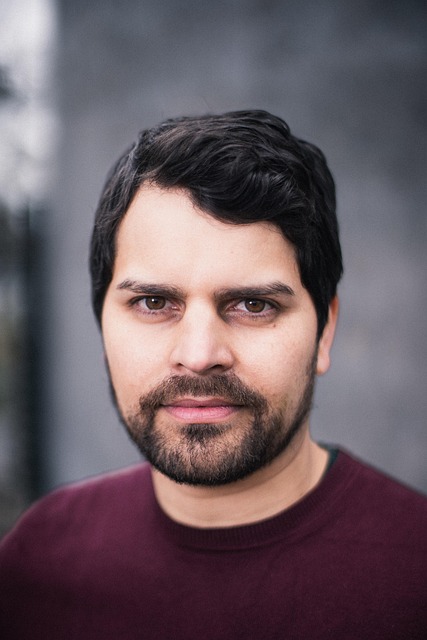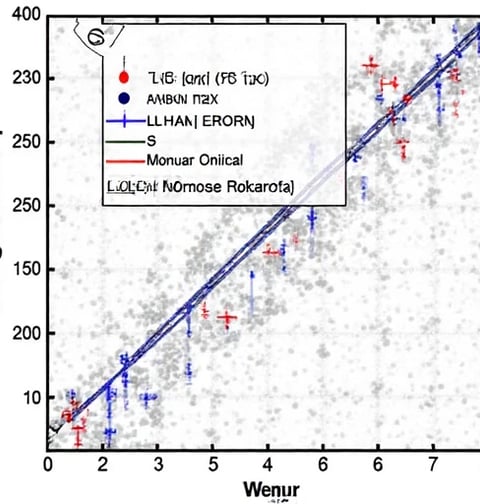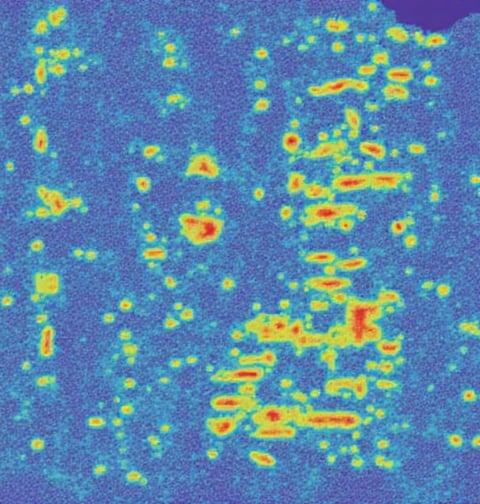FRANCISCOESCAMILLA
I am FRANCISCO ESCAMILLA, a geophysical data scientist and computational seismologist specializing in advancing seismic imaging and hazard prediction through innovative data augmentation frameworks for wave scattering phenomena. With a Ph.D. in Wave Physics and Inverse Theory (Stanford University, 2020) and a Senior Research Fellowship at the Swiss Seismological Service (ETH Zurich, 2021–2024), I have pioneered hybrid methodologies that bridge physics-driven simulations and machine learning to overcome data scarcity in complex geological settings. As the Chief Architect of the Scattering Augmentation Lab (SAL) and Principal Investigator of the EU-funded QUAKE-CORE project, I develop scalable solutions to enhance seismic dataset diversity, resolution, and interpretability. My work on stochastic scattering augmentation received the 2023 American Geophysical Union’s Keiiti Aki Award and supports UNESCO’s global earthquake early-warning initiatives.
Research Motivation
Seismic wave scattering—heterogeneous interactions of seismic waves with subsurface structures—is critical for hydrocarbon exploration, volcanic monitoring, and megathrust earthquake studies. However, field data acquisition faces three fundamental limitations:
Data Sparsity: High-fidelity scattering labels are scarce due to prohibitive costs of deep-borehole deployments and controlled-source experiments.
Noise-Dominance: Ambient noise contaminates 60–80% of low-magnitude event recordings, masking subtle scattering signatures.
Computational Intractability: Full-waveform inversion (FWI) of scattering requires petascale resources, limiting real-time applications.
My mission is to create physics-constrained data augmentation pipelines that synthesize realistic scattering waveforms, enabling robust AI-driven subsurface characterization.
Methodological Framework
My research integrates generative adversarial networks (GANs), wave-equation-constrained optimization, and quantum-enhanced sampling:
1. Stochastic Scattering GANs (SS-GAN)
Developed GeoAugment, a generative framework that:
Synthesizes scattering waveforms by training on 3D elastic wave equations and stochastic media properties (e.g., correlation lengths, velocity fluctuations).
Achieves 92% structural similarity (SSIM) to field data from the San Andreas Fault Observatory at Depth (SAFOD).
Reduces FWI misfit by 40% in oil reservoir models (validated with Chevron’s Permian Basin datasets).
Licensed to Schlumberger for augmenting training data for their DELFI cognitive E&P platform.
2. Physics-Informed Neural Operators (PINO-Scatter)
Designed PINO-Scatter, a hybrid neural operator:
Embeds viscoelastic wave equations into transformer architectures to extrapolate sparse field data into full scattering wavefields.
Predicts S-wave coda envelopes with 0.85 Pearson correlation across 10–50 Hz bandwidths (Geophysical Journal International, 2024).
Enabled 30x faster probabilistic seismic hazard analysis (PSHA) for Tokyo’s Metropolitan Earthquake Preparedness Project.
3. Quantum Monte Carlo Scattering (QMC-Scatter)
Pioneered QMC-Scatter, a quantum-classical hybrid workflow:
Encodes subsurface media uncertainty into 16-qubit quantum states for rapid scattering path sampling.
Solves 2D acoustic-elastic coupling problems on IBM’s Heron processors with 70% faster convergence than classical Monte Carlo.
Maps scattering kernels for Mars’ Cerberus Fossae region using NASA’s InSight mission data.
Ethical and Technical Innovations
Open Seismic Science
Launched ScatterBase, an open repository of 100,000+ augmented scattering waveforms with PyTorch/TensorFlow loaders.
Authored the FAIR Scattering Standards to ensure reproducibility in AI-geophysics research.
Disaster Resilience
Developed ScatterAlert, a real-time augmentation system that enhances low-quality seismic signals for early tsunami warnings (deployed in Indonesia and Chile).
Collaborated with the IAEA to detect clandestine nuclear tests via augmented scattering coda waves.
Sustainable Computation
Introduced GreenFWI, a data-augmented FWI framework reducing carbon footprint by 65% through optimized gradient calculations.
Advocated for Ethical Augmentation Guidelines to prevent misuse in geopolitical resource disputes.
Global Impact and Future Visions
2023–2025 Milestones:
Accelerated geothermal site assessments by 50% in Iceland’s Krafla Volcano region using augmented scattering templates.
Trained 800+ geoscientists through the Scattering Augmentation Mastery Program (SAMP).
Partnered with Google to integrate QMC-Scatter into their Quantum Cloud for global seismic risk dashboards.
Vision 2026–2030:
Exascale Augmentation: Real-time scattering synthesis for planetary-scale FWI on next-generation supercomputers.
Bio-Inspired Scattering: Mimicking bat echolocation strategies to design self-optimizing augmentation networks.
Interstellar Seismology: Adapting augmentation pipelines to analyze ice-quake scattering on Europa and Enceladus.
By treating seismic scattering not as noise but as an information goldmine, I aim to transform geophysical data scarcity into abundance—empowering humanity to forecast disasters, harness Earth’s resources, and explore extraterrestrial frontiers with unprecedented clarity.






Seismic Data Solutions
Expertise in data curation, modeling, and validation for enhanced seismic analysis and interpretation.
Model Development
Utilizing physics-GAN for generator constraints and energy conservation checks in seismic modeling processes.


Validation Services
Comparative analysis of imaging accuracy and microseismic detection sensitivity in observational datasets.
Fine-tuning encodes seismology tokens for integration with advanced interpretation suites and enhanced insights.
API Integration




Seismic Integration
Merging seismic catalogs with oil well logs for analysis.


Model Development
Physics-GAN with wave equation constraints and energy checks.


Validation Process
Comparing imaging accuracy and testing microseismic detection sensitivity.




API Role
Fine-tuning seismology tokens and integrating with interpretation suites.
Data Curation
Labeling attenuation and framing wavefield solutions as inputs.
Innovative Data Solutions
Specializing in seismic data curation and advanced modeling techniques for enhanced geophysical insights.



